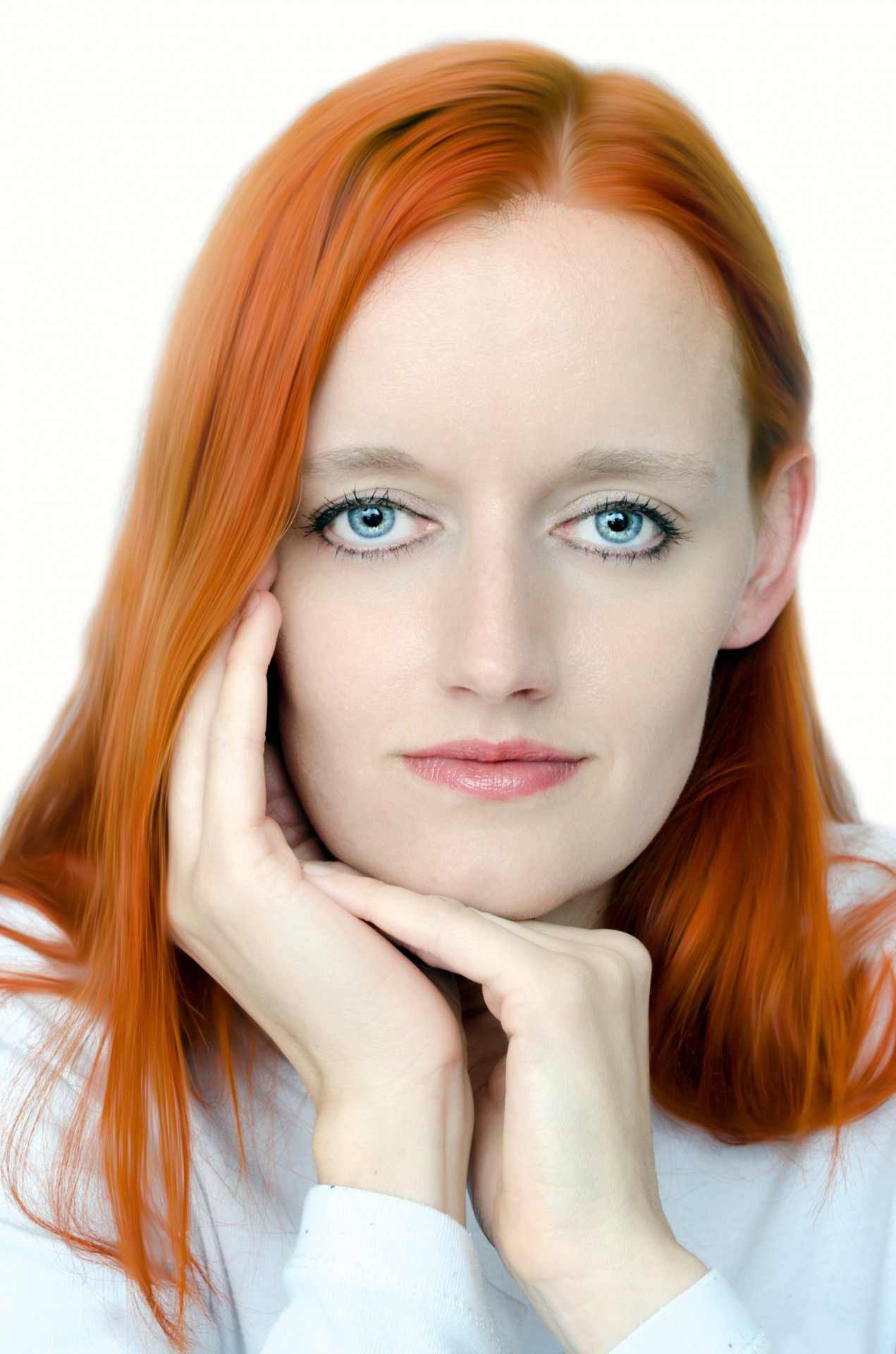Understanding Female Horses - Their Names And Roles
Horses, those magnificent creatures that have shared our journey for so long, are, in a way, just like us; they have different stages in their lives, and these stages often come with their own special ways of being called. It's quite interesting, actually, how we have specific names that help us talk about them, whether they are very young or fully grown, and whether they are male or female. This article, you know, aims to shed some light on the various names we use for female horses at different points in their existence.
When it comes to female horses, there are, in fact, several distinct ways people refer to them, and each of these terms carries its own subtle meaning and a bit of what it suggests. Knowing these particular words can really help you get a better grasp of these wonderful animals, making it easier to speak about them with more precision. So, we'll explore these different labels, helping you feel more at home in the world of horse talk, more or less.
From the tiniest, wobbly-legged newcomers to the strong, nurturing adults, female horses go through quite a transformation, and the words we use to describe them change right along with them. This little guide is here to help you get acquainted with these terms, allowing you to appreciate the richness of how we talk about these amazing creatures. It's really quite simple once you get the hang of it, and it makes identifying a horse just by looking at it much more straightforward, you know.
- Unveiling The Life Of Mike Bibbys Wife A Journey Of Love And Support
- Discovering The Magic Elsa Pictures Of Elsa
- Unraveling The Charismatic Journey Of Joseph Gilgun
- Mastering The Nyc Subway A Guide To Using Subway Entrances With A Suitcase
- Lee Majors The Iconic Actor Who Defined A Generation
Table of Contents
- What Do They Call a Female Horse at Different Ages?
- Unraveling the Terms for Female Horses
- How Are Female Horses Different from Male Horses?
- The Essential Contributions of Female Horses
- Do Female Horses Have Special Roles in the Equine Community?
- Understanding the Terms for Young Female Horses
- Why Learn the Different Names for Female Horses?
- Identifying Female Horses at a Glance
What Do They Call a Female Horse at Different Ages?
It's a common thought that often comes up: what exactly do people call a female horse? In the horse community, a female horse is generally spoken of as a "mare." This word, "mare," is typically reserved for adult female horses. But there's a little more to it than just that. You see, the age of the horse really plays a part in what we call them, which is, in a way, similar to how we have different words for human children and adults. So, a female horse's age helps us pick the right word to use, making conversations about them much clearer, you know.
For a horse to be thought of as a mare, it usually needs to be at least four years old, and, of course, it must be a female. This age marker is, in some respects, a pretty standard way of categorizing them across many different horse activities and disciplines. It helps folks who work with horses, or just love them, understand where a particular animal is in its life journey. So, if you hear someone talking about a mare, you can pretty much picture a grown-up female horse, which is very helpful for general communication. This distinction, you know, helps to set expectations about their physical development and readiness for certain tasks.
The progression from a young, still-developing animal to a fully mature one is marked by these specific terms. It's not just about a label; it’s about acknowledging their growth and the different phases of their existence. This way of speaking, you know, allows for a more precise description without needing to add extra words about their age every time. It just becomes part of the shared understanding among horse enthusiasts, which is, in a way, pretty neat.
- Unraveling The Mystery What Happened To Tamron Hall
- Justin Bieber And P Diddy The Unlikely Connection
- Sam Rockwells Oscar Journey A Tale Of Talent And Triumph
- Gleb On Dancing With The Stars A Journey Of Rhythm And Grace
- Discovering Camilla Araujo A Rising Star In The Spotlight
Unraveling the Terms for Female Horses
There are, in fact, several different names that can be used for a female horse, depending on their age and sometimes even their purpose. It’s not just one word that covers everything, which might seem a bit much at first, but it really helps to paint a clearer picture of the animal you are talking about. For instance, a "filly" is a term that refers to a young female horse, one that hasn't quite reached the age where she would be called a mare. This distinction is, you know, pretty important in many aspects of horse care and training.
In most situations, a mare is considered a female horse over the age of three, while a filly is a female horse that is three years old or younger. This age cut-off is quite common and helps people distinguish between the younger, still-growing animals and the fully mature ones. However, in certain specific areas, like thoroughbred horse racing, the definition can be a little different; there, a mare is often defined as a female horse that is more than four years old. So, the context, you know, can sometimes change the precise meaning just a little bit, but the general idea of age-based naming remains.
It's interesting how these terms give us a quick snapshot of a horse's life stage. A filly, for example, is usually seen as a horse still in its formative years, perhaps still learning the ropes and growing into its full potential. They are often characterized by their youthful energy and a certain playfulness. A mare, on the other hand, is generally viewed as a horse that has reached its full physical maturity and is ready for adult responsibilities, like perhaps having foals of her own or taking on more demanding work. This kind of specific language, you know, helps to make conversations about horses much more precise and, in a way, more meaningful, allowing for better communication among horse people.
The subtle differences in what these words suggest can also influence how a horse is perceived or handled. A filly might be treated with a bit more gentleness, recognizing her youth, while a mare might be expected to have a certain level of experience and calm. This isn't a strict rule, of course, but it’s part of the general understanding that comes with knowing these terms. So, it's, you know, more than just a label; it's a descriptor that carries a lot of implied information.
How Are Female Horses Different from Male Horses?
When we talk about horses, it's pretty common to hear different words used for males and females, and these words often tell us a bit about their age, too
- Discovering Camilla Araujo A Rising Star In The Spotlight
- Unveiling The Life Of Marcus Rosners Wife
- Is Kris Jenners Mum Still Alive Unraveling The Family Legacy
- Exploring The Iconic Trading Places Film Cast
- Unveiling The Life Of Simon Cowells Son

Free Images : person, girl, woman, photography, female, portrait, model

Woman's Face · Free Stock Photo

Woman Free Stock Photo - Public Domain Pictures